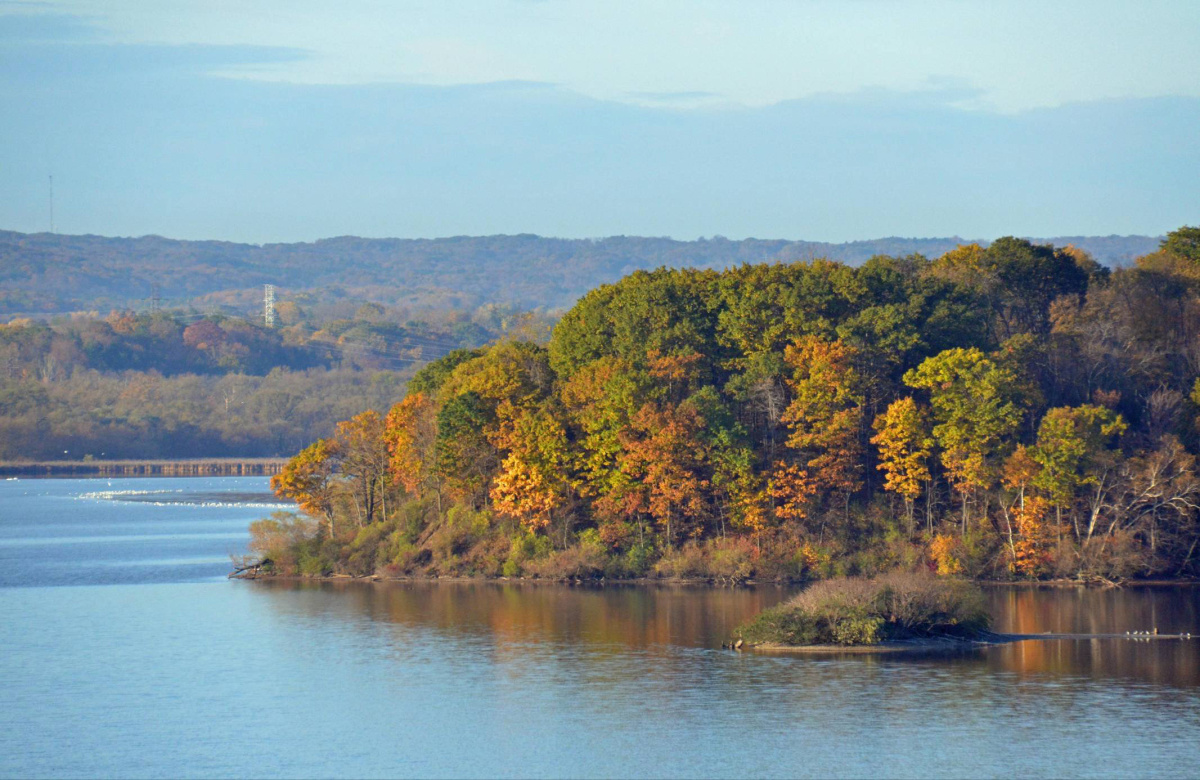Our natural environment is a big plus for the city to define itself as an attractive, healthy, and unique environment.
It surrounds us, but we take it for granted.
Our natural environment is often overlooked when discussing our community but you could hardly find a city more strongly defined by nature than Hamilton. This is evident in the names we give to things: the Mountain, the Valley, the Bay. We qualify our street names using Upper and Lower, or we use natural features as in the Red Hill Valley Parkway. We bike and run through wooded rail trails and hike the Bruce Trail. We are home to more than 100 waterfalls. Nature is so interwoven into our everyday lives that we often forget that most other cities don’t have such wonderful natural amenities.
Take for example the Niagara Escarpment. It is designated as a World Biosphere Reserve by the United Nations Educational, Scientific and Cultural Organization (UNESCO). While there are other such reserves around the globe, there are very few that run directly through a major city. We are one of the very few cities that have an internationally recognized biosphere at the centre of our community. Think about the size and location of Cootes Paradise, the first thing thousands of people experience as they enter the city from Highway 403. It’s a major marshland that wouldn’t be out of place in the most idyllic parts of Algonquin Park. It’s also a national historic site and a nationally significant area for birds, reptiles and amphibians. There are not many cities that can boast something like this on their doorstep.
So why are we, a city under constant struggle with identity issues borne out of our industrial past, not placing our natural assets as a focus of community’s renewal? Some might ask, why would we? This can be answered in the context of considering what edge can we offer to attract the best and brightest talent to our city. In a phrase: Quality of Life. Our natural environment is a big plus for Hamilton to define itself as an attractive, healthy, and unique environment, head and shoulders above our urban competitors. Aside from all the health benefits of green space which are numerous, nature impacts on both city image and economic development.
If we did intensify our focus on our natural assets, what would this look like? Well, for starters, our key natural areas should be labelled a strategic asset and treated as such in our official plan and economic development strategies. This would put them in the same category as our harbour or airport. Further, this would change nature from a “nice to have” to a “need to have.” This would also start to bridge the artificial divide between city and nature and allow us to look at how they could work together. With the continuing construction boom, we should be asking how new development can enhance our connection to nature, both physically and visually, not just limit the negative impacts of one on the other. We need to establish a new relationship between the natural and built environments.
Aside from changing how nature is viewed locally, we need to get the word out nationally and internationally. One way this could be achieved would be to establish a national-level park in Hamilton. This is not a new concept, with recent projects like the Cootes to Escarpment EcoPark underway. However, past initiatives have either stalled or have not resulted in the natural environment being recognized on par with other national parks in such a way as to reach the average citizen or tourist, both locally and across the country. Further, other initiatives have proposed parks for particular areas of the city. Imagine a park that links Cootes Paradise with the Niagara Escarpment and travels east to the Red Hill Valley: a park that links the city east-west and north-south.
This isn’t about creating natural spaces that are separate from the city. It’s more about establishing a national level park that every citizen and visitor can experience as a central part of the city. We already have excellent natural stewards with the Royal Botanical Gardens, the Hamilton Conservation Authority, and the Bay Area Restoration Council. We have the core park area established in Cootes Paradise. Let’s take it to the next level and bring federal recognition (and resources) to the table. We should aim to have the New Hamilton known as much for trees and waterfalls as it is for artists and Timmies.
The next time there is a pan-Canadian tourism campaign, Hamilton’s national park should be front and centre as a part of the country’s fabric.
This article was originally published in The Hamilton Spectator.

